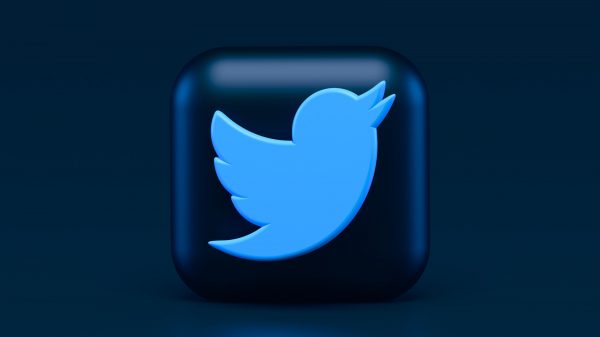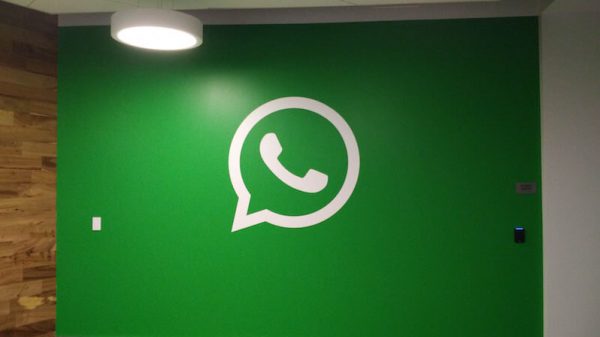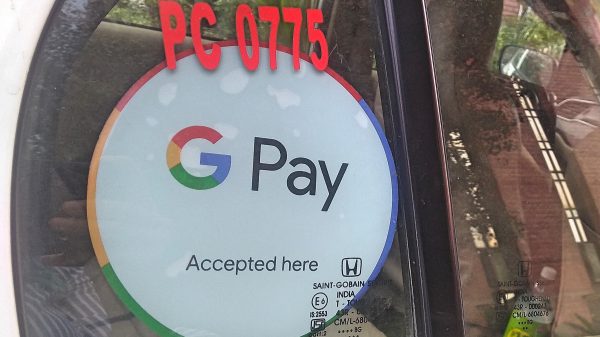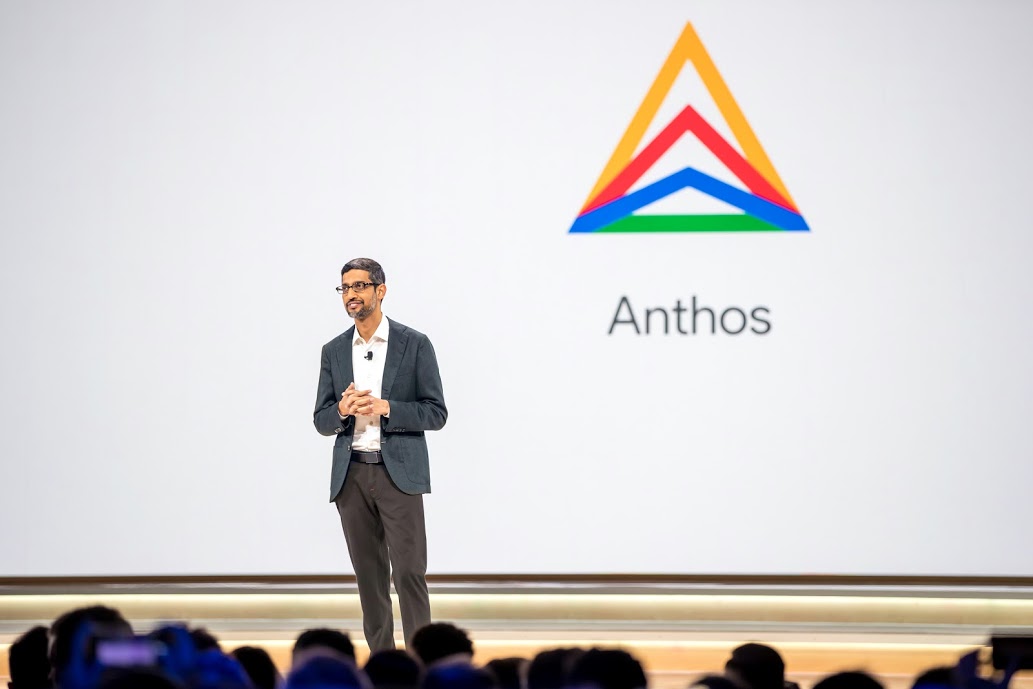Changing or repealing Section 230 of the Communications Decency Act will harm both free speech and platforms’ ability to act responsibly to protect users, instead of achieving the intended objective, Sundar Pichai, CEO of Google parent Alphabet, said in a written testimony to a US government subcommittee.
Pichai underlined that Section 230 “foundational to the open web” and permits every platform and website to responsibly manage content.
Without Section 230, platforms would either over-filter content or not be able to filter content at all. In the fight against misinformation, Section 230 allows companies to take decisive action on harmful misinformation and keep up with bad actors who work hard to circumvent their policies. [emphasis supplied]
In recent months, Democrats have called to reform Section 230 and Republicans have been pushing to scrap it entirely. Pichai is due to testify before the US House of Representatives Committee on Energy & Commerce. Facebook head Mark Zuckerberg is expected to once again bat for Section 230 reform and overhauling in Thursday’s hearing. Twitter’s Jack Dorsey will speak about the company’s investments in providing users with transparency and control over their data and algorithms governing the platform.
The focus instead should be on ensuring “transparent, fair, and effective processes for addressing harmful content and behavior,” Pichai said. These can include developing clear and accessible content policies, notifying people whose content is removed, and letting them appeal it, sharing how systems to remove harmful content work. “With this in mind, we are committed not only to doing our part on our services, but also to improving transparency across our industry,” Pichai said in the testimony.
The most part of Pichai’s testimony seems to be focused on Google’e efforts to protect elections, remove harmful content, its news-related products, and so on. We have reproduced some of the key takeaways from his testimony:
- Steps to protect the US Presidential Elections 2020: Google and YouTube teams worked with campaign teams to work on security, reaching voters, and protecting platforms from abuse. The products showed how to vote and register reminders to American users on Search, Maps, and YouTube – which were seen 2 billion times. Maps added 125,000 voting locations from mid-October to election day. Google also introduced a mechanism to verify political advertisers and launched ad libraries in the US and other countries.
- Real time election results for the US President elections got six times more views in 2020 than in 2016. Election information panels on YouTube were shown over 8 billion times.
- Google worked with election campaign staff to train them on connecting with voters and protect candidates against cyberattacks.
- After the “safe harbour” deadline on December 8, Google began removing misleading content uploaded after December 9 that alleged widespread fraud or errors in the US elections. Between October and December 2020, 13,000 YouTube channels were removed for promoting violence and violent extremism. 89% of them were removed before they got 10 views.
- Ranking systems were changed to reduce spread of misinformation on YouTube, whose models removed 100,000 hours of videos every to limit the spread of borderline harmful content.
- COVID-19 pandemic: Google showed authorised vaccination centre locations in the US as well as CDC information panels on YouTube homepage and search results. These have been viewed 400 billion times. Google also removes medical information around vaccines that contradicts information from health authorities such as the CDC and WHO.
- During the US Capitol storming, Google’s team worked to raise authoritative news sources, removing violating livestreams/videos, and soon after began issuing strikes to those violating election-related policies. Apps were removed from the Play Store, read Parler, for violating policies in inciting violence.
- News and journalism: Clickthroughs from Search and Google News to publishers’ websites are over 24 billion times each month. This helps new publishers increase their readership and earn money via subscriptions and advertising. The company has also invested USD 1 billion to pay publishers to produce curated content and for limited free user access to paywalled content via Google News Showcase.
Read more
- Twitter is working on giving users more control over data and algorithms, says Jack Dorsey
- In congressional testimony, Zuckerberg will argue for regulations Facebook already complies with
- Relying on automated takedowns, YouTube removed more videos in April-June than it ever has















